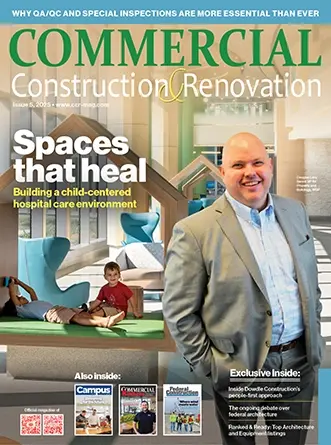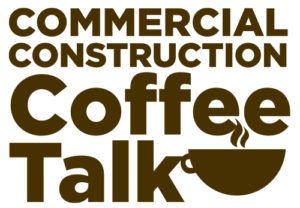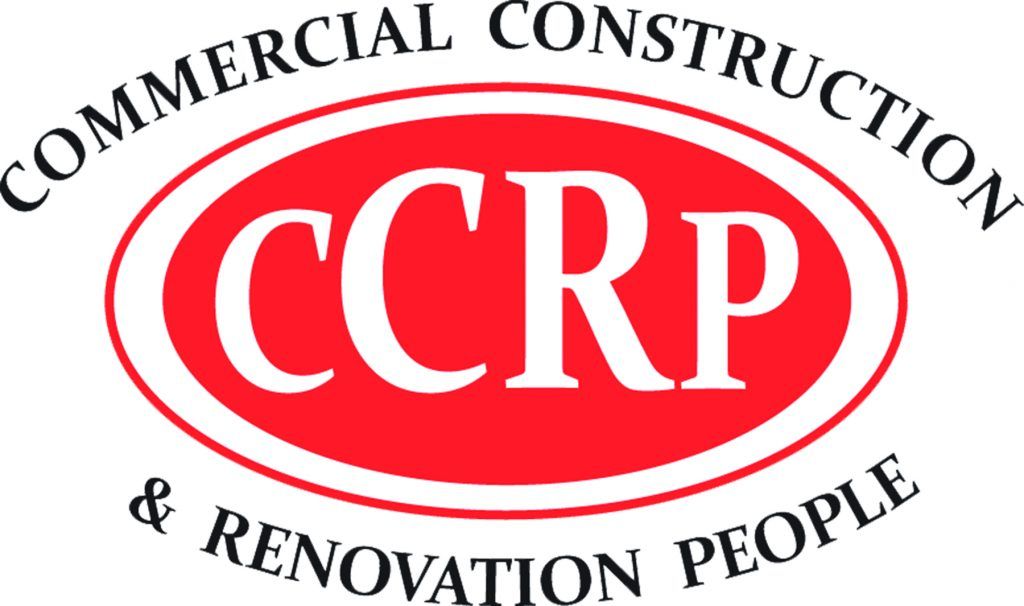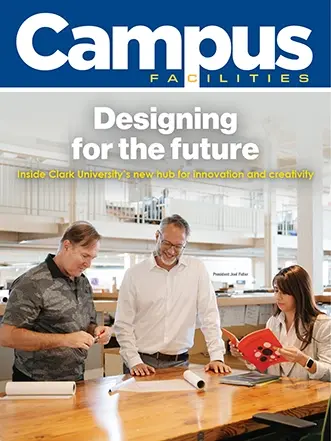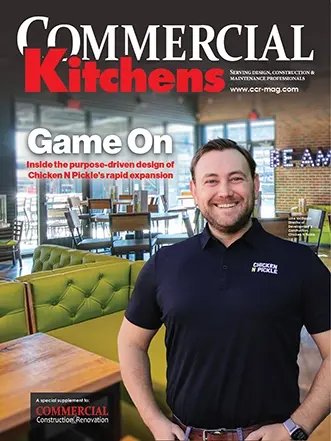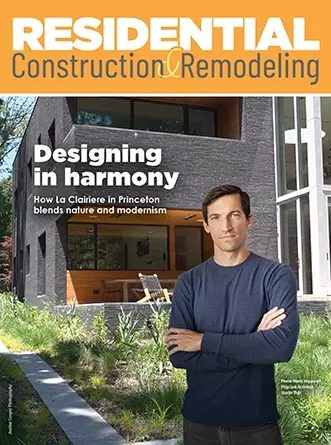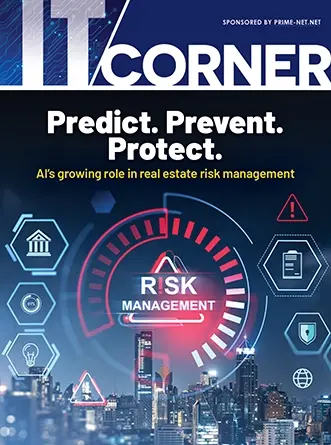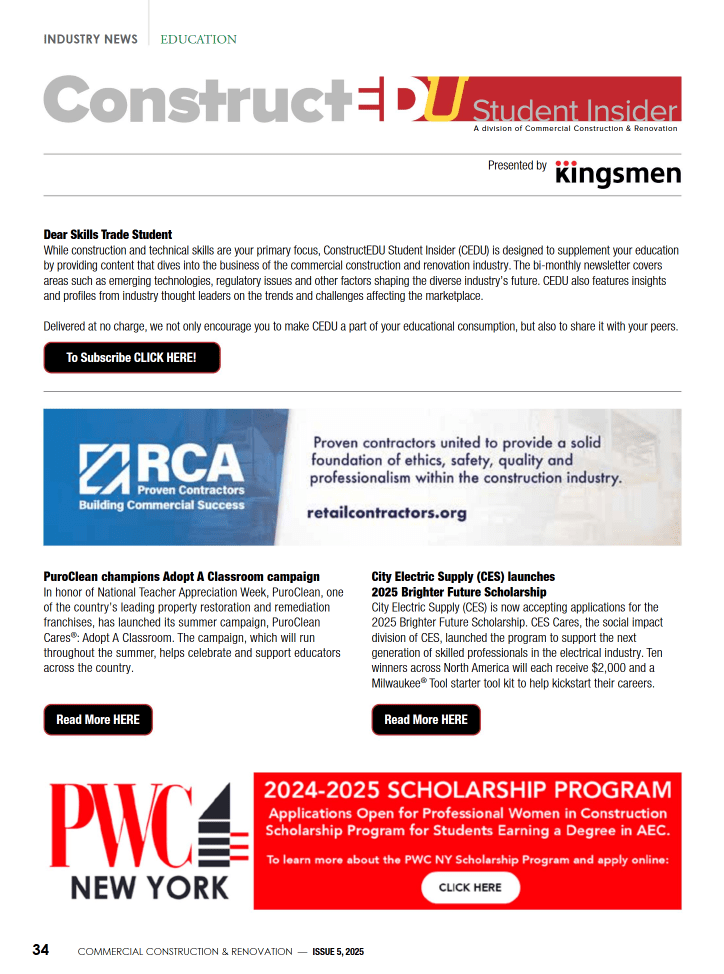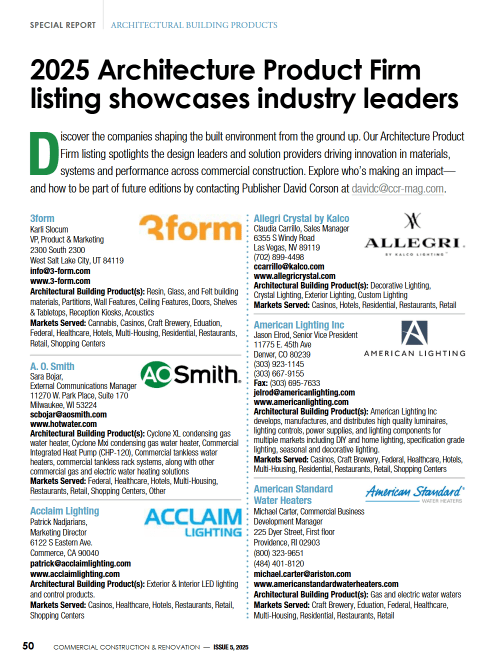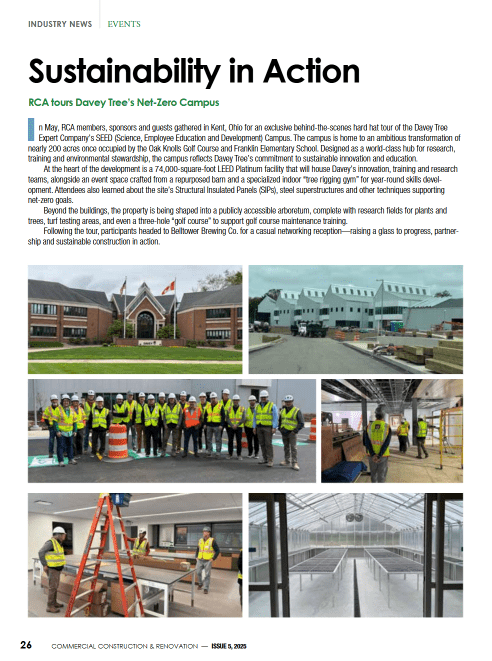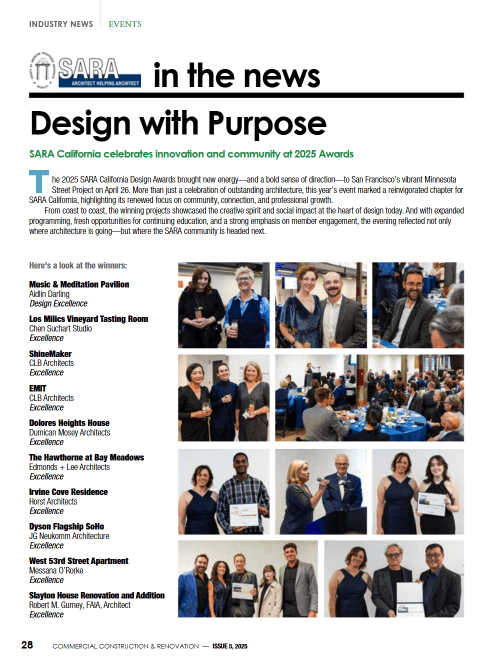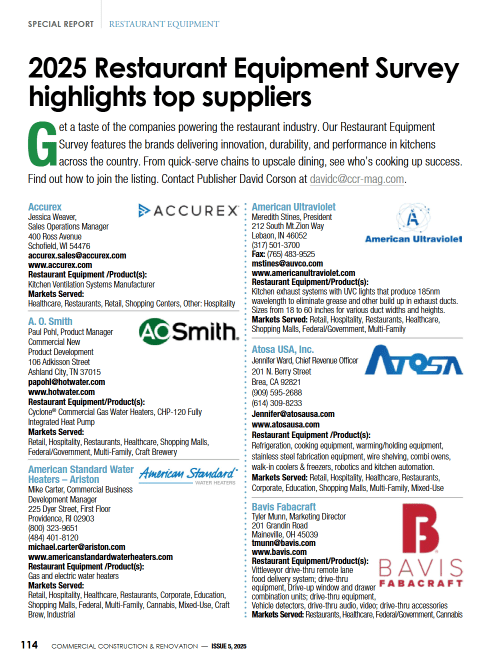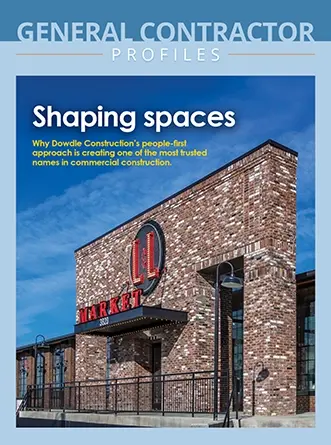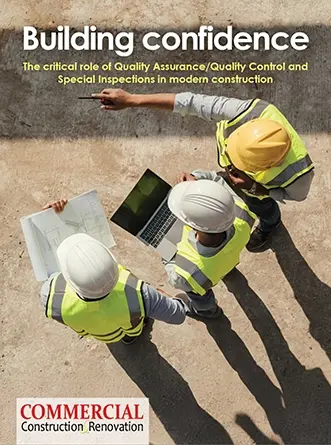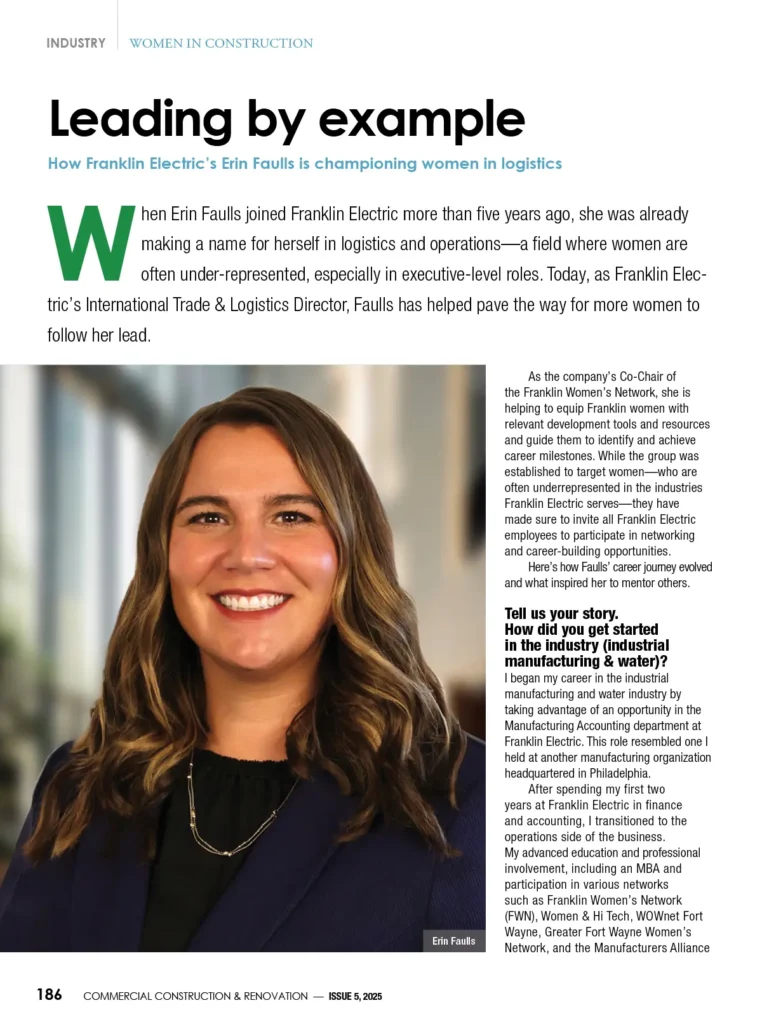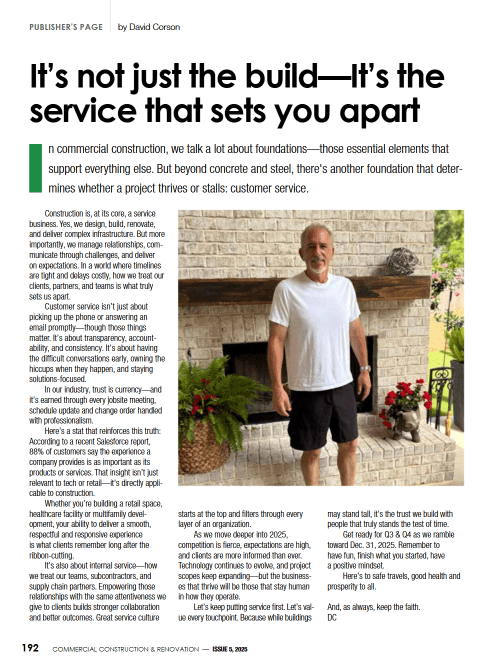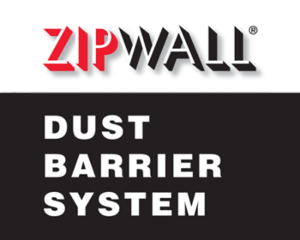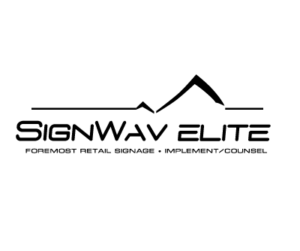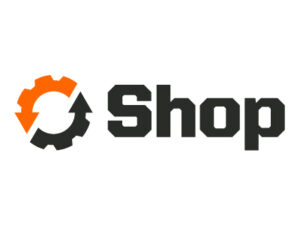
Building a Child-Centered Hospital Care Environment
There are approximately 5.3 million pediatric hospitalizations in the U.S. each year, in addition to outpatient visits. While every individual’s story is unique, the needs of young patients can differ markedly from the needs of their adult counterparts. To deliver exceptional care, children’s departments in general hospitals and the nation’s more than 250 children’s hospitals need to be designed with the distinct youth “care journey” in mind.
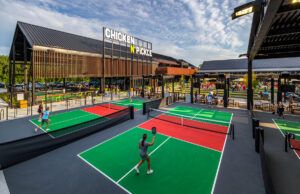
How Chicken N Pickle is Redefining Social Entertainment
It started with a spark of inspiration. And don’t forget the paddle. When Dave Johnson stumbled upon a pickleball court during a trip to Arizona in 2015, he had no idea he was laying the groundwork for Chicken N Pickle, one of the fastest-growing entertainment

Inside Clark University’s New Hub for Innovation and Creativity

Portsmouth Terminal Powers up America’s Offshore Wind Future
In a significant milestone for Port of Virginia‘s critical infrastructure, the comprehensive redevelopment project at Portsmouth Marine Terminal was completed in March 2025. The massive construction job transformed 72 acres of terminal space and 1,500 feet of wharf into a specialized offshore wind staging port—and
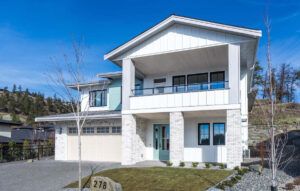
The Power of Hemp: Wilden’s Vision for Sustainable Homes
What if the future of sustainable living wasn’t just energy-efficient, but actually carbon-negative? That’s the question Wilden, a forward-thinking developer in British Columbia, is answering with one of Canada’s first hemp-insulated homes. Designed to challenge what’s possible in residential construction, the net-zero ready home blends

AI’s Growing Role in Real Estate Risk Management
The real estate industry has evolved into a more connected and complex risk landscape. From new tenant requirements and sustainability goals to changing development timelines and compliance standards, today’s commercial property owners, managers, builders and construction teams face a broad spectrum of challenges.
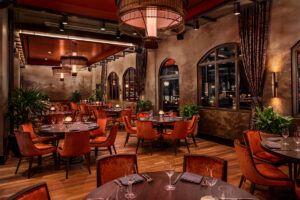
Inside Dowdle Construction’s Trusted, Proven, People-Focused Approach
At Dowdle Construction Group, building is more than just a profession; it’s a passion rooted in purpose. Whether it is a restaurant, office space, fire hall or greenway, the Nashville-based firm is known for creating spaces where people want to be.

How Franklin Electric’s Erin Faulls is Championing Women in Logistics
When Erin Faulls joined Franklin Electric more than five years ago, she was already making a name for herself in logistics and operations—a field where women are often under-represented, especially in executive-level roles. Today, as Franklin Electric’s International Trade & Logistics Director, Faulls has helped

The Critical Role of QA/QC and Special Inspections
As the built environment evolves to accommodate denser cities, climate resilience, and cutting-edge technologies, the standards for safety, reliability, and performance in construction have grown more stringent. In this environment, Quality Assurance (QA), Quality Control (QC), and Special Inspections have emerged not as optional safeguards,
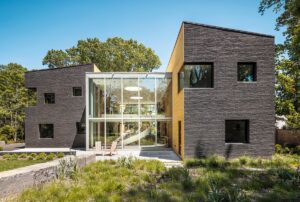
How La Clairiere in Princeton Blends Nature and Modernism
Nestled within a forest of towering oaks along the shoreline of Carnegie Lake in Princeton, New Jersey, the La Clairiere residence is a masterful study in contrast and cohesion; it’s a home where rich textures, illuminated spaces and high-performance materials work together to create an

The Ongoing Debate Over Federal Architecture
Federal buildings shape the backdrop of our civic life. A stroll through Washington, D.C., showcases this distinctly, featuring both stately structures with classical columns and pediments alongside sleek glass-and-steel facades. Should a courthouse or agency headquarters look like a Roman temple evoking ancient ideals or
Read more BELOW
AEM announces Texas Leg of Historic “AEM Manufacturing Express” Tour
The Association of Equipment Manufacturers (AEM) is proud to announce the return of the “AEM Manufacturing Express,” which will hit the road this August for a tour across Texas. At each of the 22 stops at manufacturing facilities, the tour will tell the stories of the men

